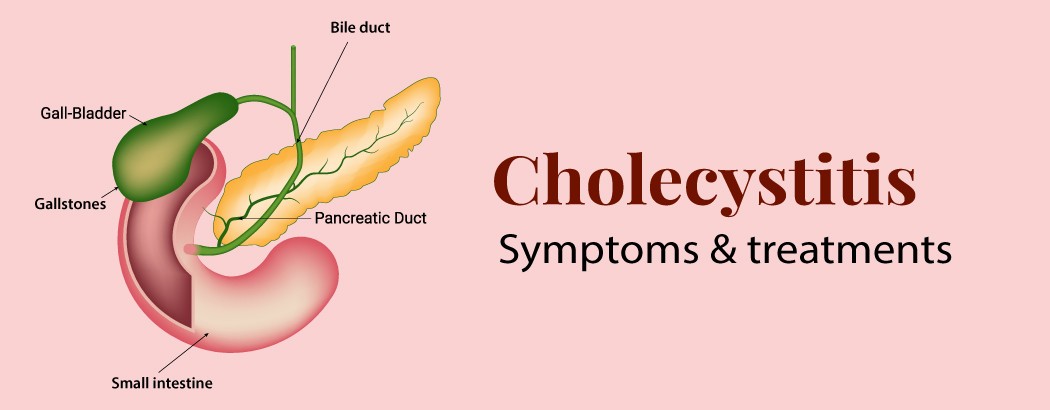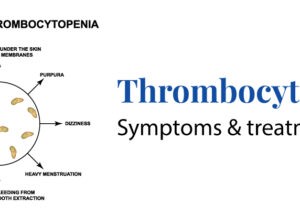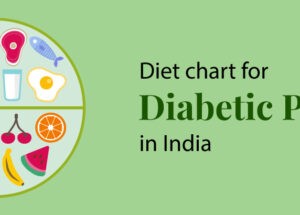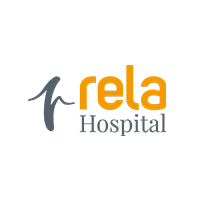Technology driven Perinatal care
September 17, 2020
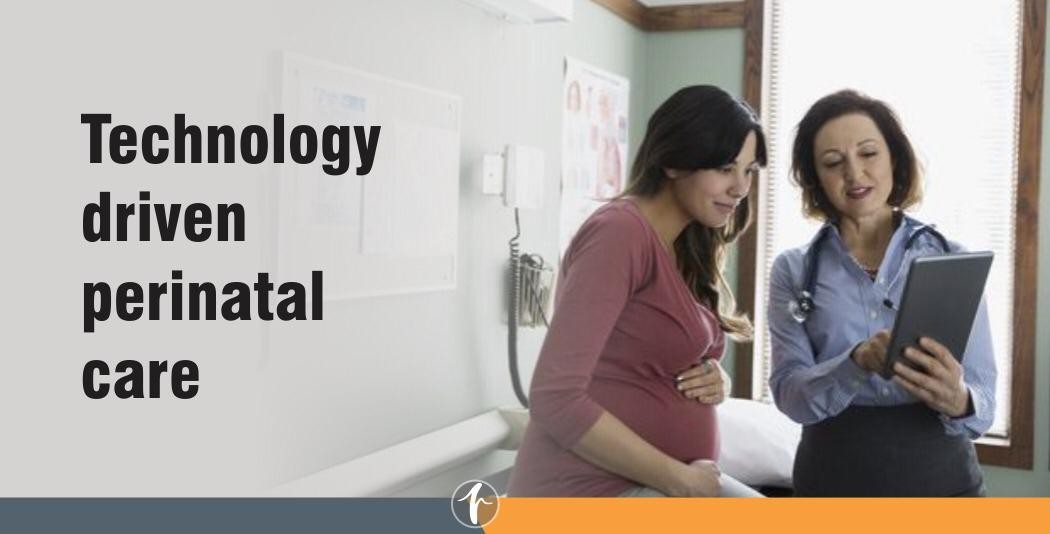
From delivery at home to delivery in a high-tech hospital, pregnancy and childbirth care have undergone rapid transformation. The advent of ultrasonography was a revolution. Clinical and practical skills based on experience have been replaced by technical assessments based on measurements. The mid-wife- oriented home care has given way to obstetrician and neonatologist care in a medical facility.
Ultrasound scans provide a complete picture
Ultrasound is increasingly used during different stages of pregnancy for various purposes. It is safe as it uses sound waves to create a picture and these sound waves do not harm the mother or the foetus.
The first ultrasound scan done around 6-8 weeks is used to confirm uterine pregnancy, the gestational age of pregnancy and whether you have a single or multiple pregnancy. It will also establish your estimated due date. An additional scan is taken around 11 to 13 weeks 6 days along with double marker(Blood Test) to check for chromosomal abnormalities. Cervical length scan is prescribed for women who are at risk of pre-term labour. Scans to check for uterine blood flow are used to check if there is a risk of developing pre-eclampsia.In High risk Pregnancy Frequent Monitoring when required will be done.Second trimester Scan at 18-20 weeks shows development of organ systems, skeletal system,any anomalies if present and placenta position. The third trimester scan taken at around 34-36 weeks checks the position of the baby, assesses fluid volume, fetal heartbeat and weight and the position of placenta is also checked.
If labour is delayed beyond due date, a scan is taken to assess fluid volume and flow through the cord to check if there would be foetal distress when contractions start.
Non-invasive test for fetal Down Syndrome
Another major technological breakthrough is the Non-invasive Prenatal Testing (NIPT). NIPT is a screening done to test for fetal Down Syndrome. This test is safe for the mother and especially for the baby. Previously Down Syndrome risk was assessed through Amniocentesis or chorionic villus sampling. These tests had an inherent risk of miscarriage, bleeding or leakage of amniotic fluid.
Screening for proteinuric hypertension or preeclampsia
This is a new and evolving prenatal screening technology that uses algorithms to screen for potentially dangerous proteinuric hypertension or preeclampsia. It uses ultrasound and/or Doppler measurements with maternal serum parameters.
Evolving technologies to remotely monitor hypertension
Hypertension during pregnancy can be dangerous. Constant monitoring is required and the digital-enabled technology can help monitor blood pressure remotely. Women with gestational hypertension can stay at home and use wearable sensors to track their physical activity. This data can be transferred digitally to the hospital for evaluation and treatment.
The use of technology in perinatal care has greatly reduced infant and maternal mortality. A maternity hospital that has the latest technology will be able to provide the most comprehensive care at all stages of pregnancy, childbirth and later. At Rela Institute, we have placed the very latest technology, equipment and facilities in the hands of our expert obstetricians and neonatologists to provide you the best care.


